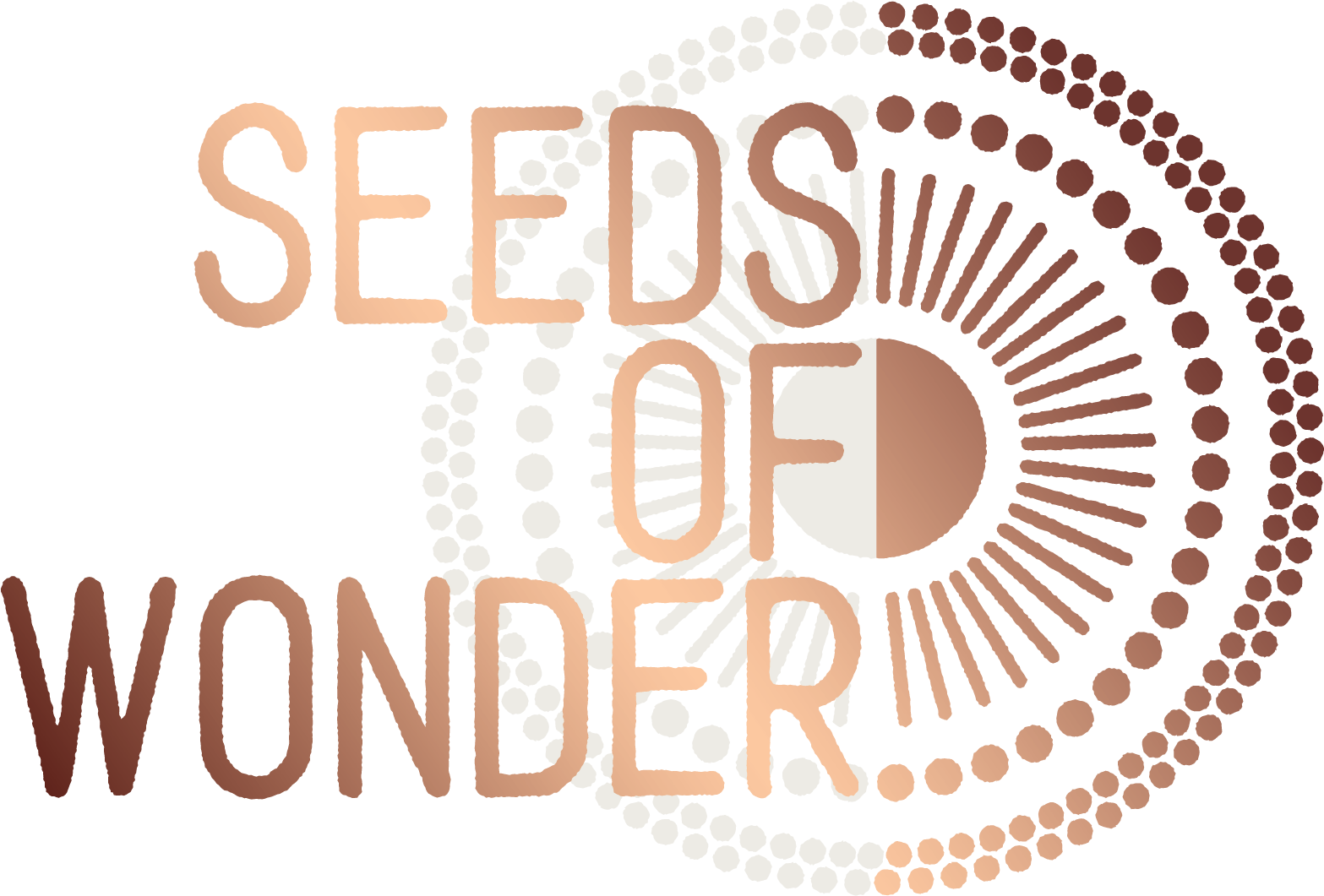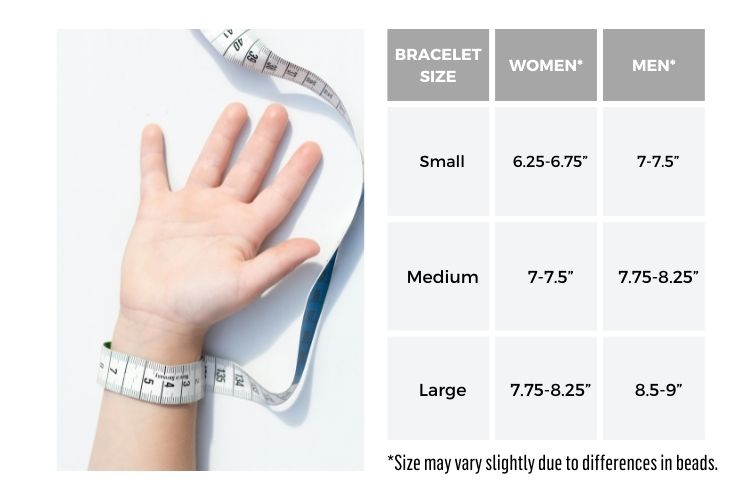The eight limbs of yoga
The eight limbs of yoga are a set of guidelines that help you live a balanced and meaningful life. They are considered by many to be a roadmap that is designed to lead the practitioner to inner peace and self-realisation.
These sutras are thought to be written by Patanjali, an ancient wise sage, sometime between 500 BCE and 400 CE. Over many centuries, people have used them to guide how they conduct and live their lives, and that continues to be true today.
The eight limbs
The first limb is Yama, which means “moral codes” or ethical principles. These are the basic guidelines for how to live a good life.
The second limb is Niyama, which are personal observances or practices. They help to anchor the moral codes in our lives.
The third limb is Asana, which are the physical postures that help to keep the body healthy and strong.
Pranayama, the fourth limb, is breath control, which is said to be the key to mastering the Asanas.
The fifth limb is Pratyahara, which is the withdrawal of the senses from their external objects. This allows us to focus on our inner experience.
Dharana, the sixth limb, concentration, is the ability to focus on one object for a sustained period of time.
The seventh limb is Dhyana, or meditation, which is the ability to maintain focus on one object for an extended period of time.
The eighth and final limb is Samadhi, or enlightenment, which is considered by some as the ultimate goal of yoga. It is a state of ultimate bliss and peace.
Through the practice of yoga we can develop all eight limbs, which can help us to lead a more fulfilling, balanced and connected life.
Let’s look at each limb in a bit more detail to understand how they can help us to live a more meaningful life.

The Yamas
The Yamas are made up of five ethical precepts that help us to live in harmony with ourselves and others.
The first Yama is Ahimsa or non-violence. This means that we should not harm ourselves or others.
The second Yama is Satya or truthfulness. We should always speak the truth and live our lives with integrity.
The third Yama is Asteya or non-stealing, which encourages us to live with honesty and integrity.
The fourth Yama is Brahmacharya or celibacy. This teaches us to use our sexual energy wisely and not to waste it.
And the fifth Yama is Aparigraha or non-greed. We should be content with what we have and not strive for more than we need.
The Niyamas
The Niyamas deal with our personal behaviour and how we interact with the world around us.
The first is Sauca or cleanliness. This Niyama teaches us to maintain cleanliness both physically and mentally, including within our thoughts.
Santosha, contentment, encourages us to be content with what we have and not compare ourselves to others.
Tapas, or austerity, help us to develop self-discipline and resist temptation.
The final two Niyamas are Ishvara Pranidhana or surrender to the divine, and Svadhyaya or self-study.
Ishvara Pranidhana teaches us to surrender our will to a higher power (whatever that looks or feels like to us).
Svadhyaya encourages us to study ourselves and our own minds, to better understand the root of our thoughts and behaviours.
Asana
Asanas are the practice of physical postures that help us to physically embody these concepts. This is the aspect of yoga that most people are familiar with and often all they think yoga is. I know this was true of me at the beginning until the wonderful world of yoga started to open up to me on a yoga retreat in 2014. This is when I first realised there was a world beyond the postures to delve into and learn from.
Pranayama
Pranayama, or breath control, helps us to focus our minds and connect with our breath. When we focus on our breath, we are focusing on the present moment, which is one of the main goals of yoga. Through Pranayama we can learn to control our breath and use it to calm and focus our minds.
For some breath practices to tray go to my blog ‘Four breathing techniques you can do anywhere’.
Pratyahara
Pratyahara is the withdrawal of the senses, which helps us to focus internally and teaches us to control the way we perceive the world around us. This can be tricky to learn but is a valuable tool to have in our arsenal, especially when we find ourselves getting pulled out of our practice by external distractions.
Here is how you can practice Pratyahara.
- Find a quiet place where you can sit or recline in comfort.
- Close your eyes and take a few deep breaths, paying attention to the way the breath moves through your body.
- Once you are settled, begin to focus on individual senses one at a time.
- Start with the sense of sight. Notice the way the darkness is punctuated by the light of your eyelids.
- Then focus on the sense of hearing. Notice the sounds around you, from the rustling of leaves to the sound of your own breath.
- Next, focus on the sense of smell. Notice the scents in the air, from the sweet fragrance of a flower to the musty smell of earth.
- Then focus on the sense of taste. Notice the flavours on your tongue, from the sweetness of sugar to the bitterness of coffee.
- Finally, focus on the sense of touch. Notice the way your body feels against the fabric of your clothes. Notice the way your breath feels against your skin.
When you have finished, sit for a few moments and notice the way your mind has changed. Notice the way you feel after spending a few minutes focusing on your senses.
Don’t worry if you get distracted during the practice; simply bring your focus back when you notice it has slipped away. The more you practice the easier it will become.
Dharana
Dharana is concentration and is the ability to focus on one thing for an extended period of time. This can be helpful when we want to stay in a posture for a longer period of time or when we want to stay focused on our breath.
Dhyana
Dhyana is the next step after Dharana and is translated as “meditation.” This is when we are able to focus our attention inward and away from the outside world. This can be a challenge for many of us, especially if you are like me and have a very busy ‘committee of the mind’!
Samadhi
Samadhi is the final step of the eight limbs of yoga and is translated as “union.” This is when we are able to merge with the object of our meditation. We become one with it. This can be a very blissful experience! It is considered the hardest limb to attain. It can take years to achieve this state and can remain elusive to many.
Benefits of living the eight limbs
The benefits of living the eight limbs of yoga are many. They include:
- improved physical health and well-being
- increased strength, flexibility and vitality
- better concentration and focus
- deeper meditation and relaxation practices
- a more peaceful and contented mind.
How to interpret the eight limbs in modern life?
Obviously, the eight limbs of yoga were first developed in a world that looks very different from our lives today. However, that doesn’t mean that we can’t interpret them in a way that makes sense for us.
For example, one of the main goals of yoga is to help us connect with our authentic selves. So, we could look at the eight limbs as a guide to becoming more ourselves and living more authentically.
Another goal of yoga is to minimize violence towards others and ourselves. So, we could look at the eight limbs as a guide to creating more peaceful and contented lives, where we are conscious of how we act towards others and importantly too, how we treat ourselves.
Another way to bring them to life today is to look at the Yamas as a guide to ethical living and the Niyamas as a way to increase our own personal wellbeing.
However you choose to interpret the eight limbs and their different aspects, they can help you live your lives more mindfully and with greater purpose.
If you would like to learn more about the eight limbs of yoga check out David Frawley’s book, ‘Yoga: A Guide to the Teachings and Practices‘.
For a more practical guide to living the Yoga Sutras you might enjoy ‘True Yoga’ by Jennie Lee.







